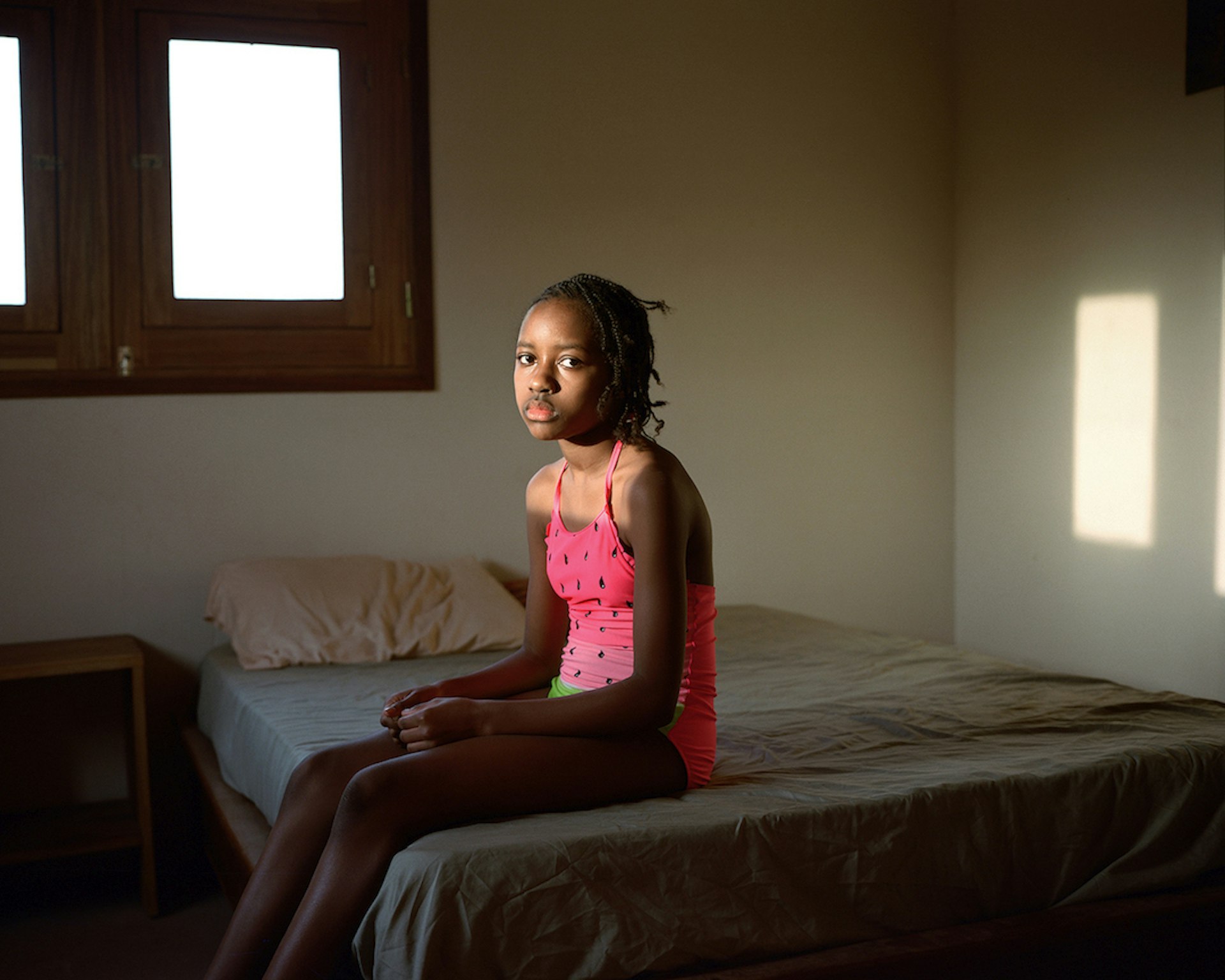
Poignant photos celebrating women of the African diaspora
- Text by Miss Rosen
- Photography by Jasmine Clarke (main image)
Growing up with strong female figures, photographer and curator Aaron Turner learned from a young age to integrate women’s perspectives into his outlook on life. “As I got older, I understood the complexities and inequalities between men and women in multiple spaces,” he says. “I began to notice the gaps in photographic history narratives, mostly white and male. But in my mind, I said to myself, I know other narratives exist; what are they, and where are they?”
Just before he embarked on his MFA, Turner discovered the work of Deborah Willis, Hank Willis Thomas, and Latoya Ruby Frazier. “I went my entire undergrad career not knowing about so many artists of colour, and I wondered how many other people did too,” he says.
In response, Turner launched the Center for Photographers of Color in 2014, creating a platform to go beyond the narrow confines of the historically exclusionary photography world.
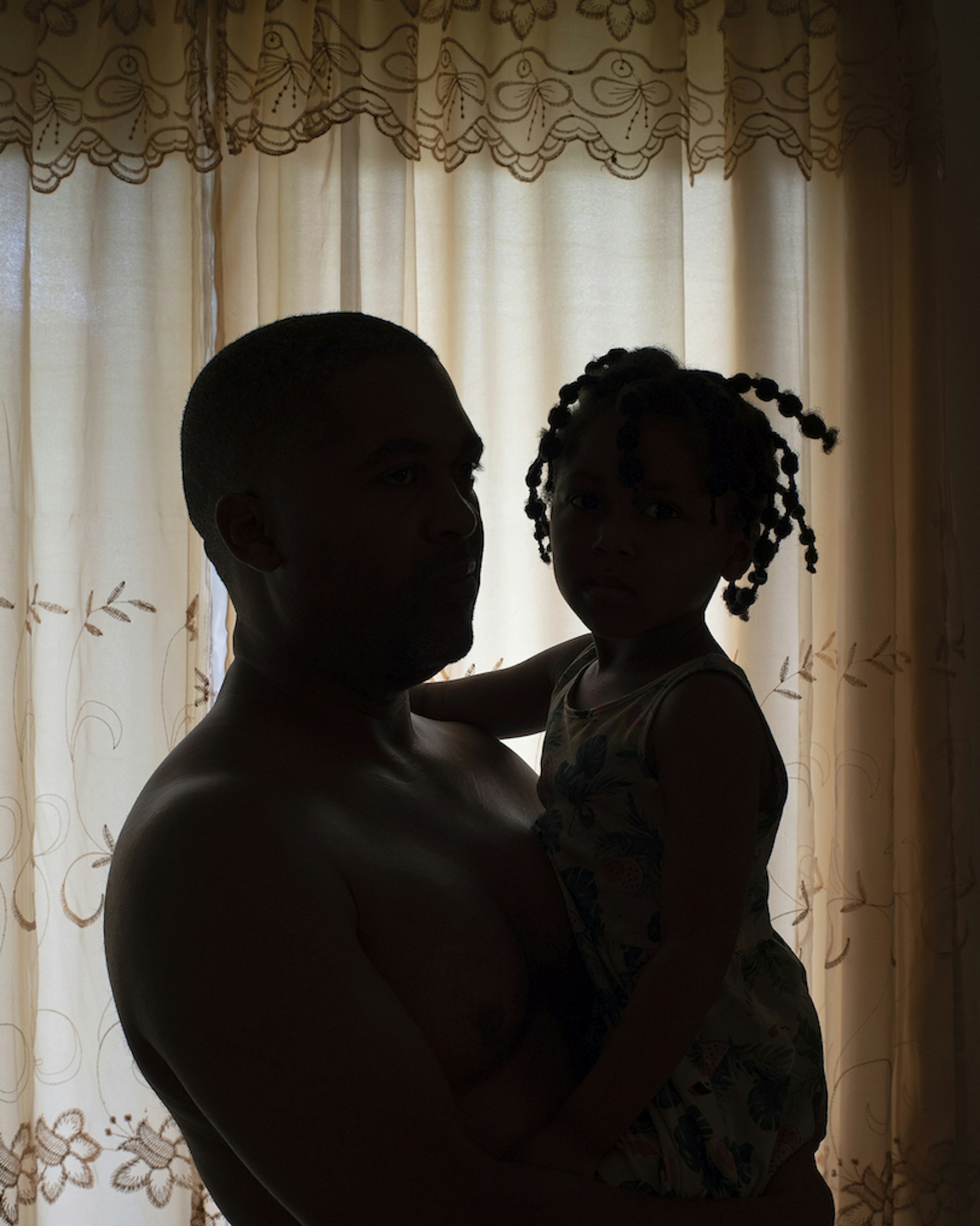
Photo by Jasmine Clarke
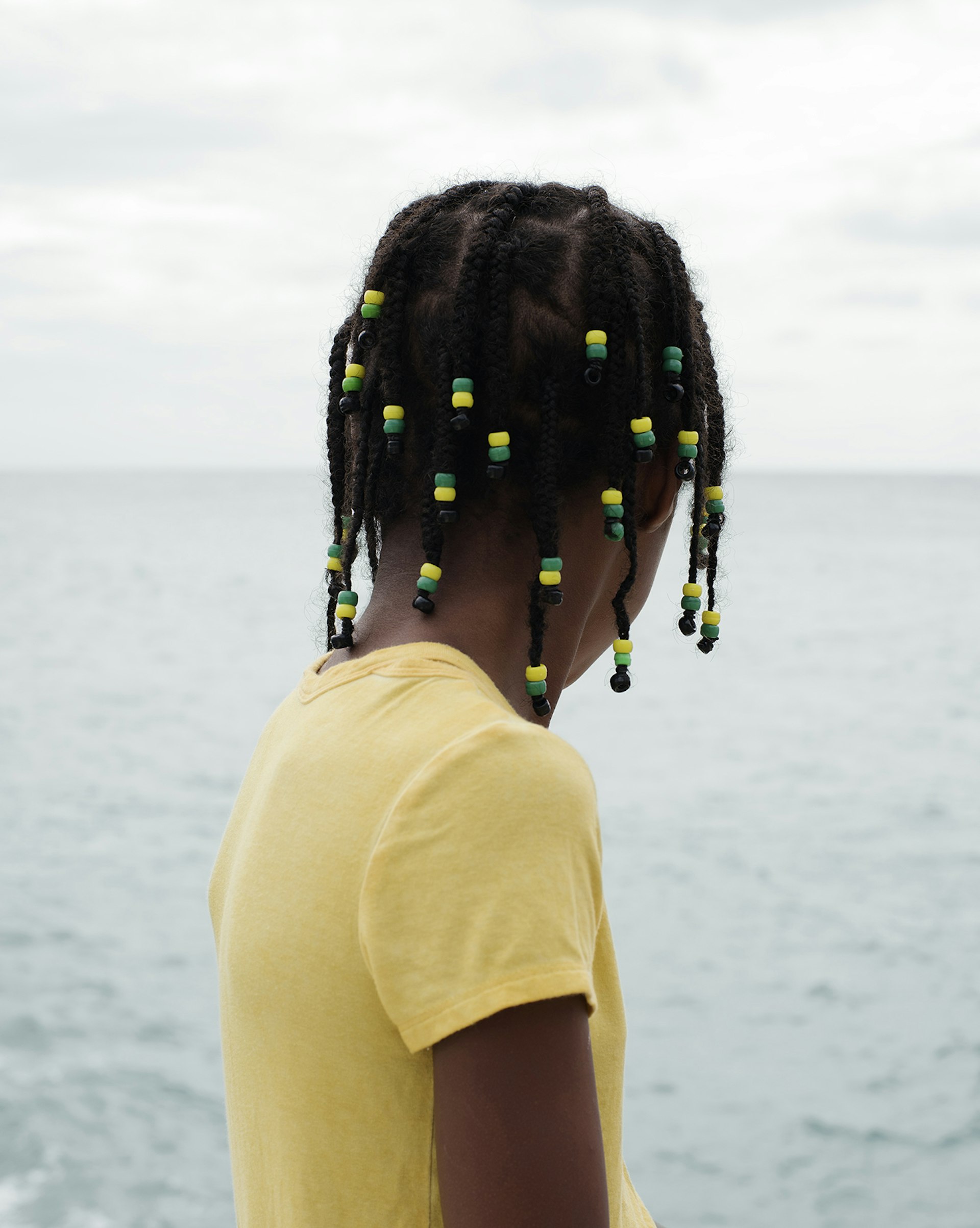
Photo by Jasmine Clarke
Turner’s ongoing dedication to the work of Black artists now finds focus in Women of the African Diaspora: Identity, Place, Migration, Immigration, a new exhibition that brings together work from three artists to explore the complexities of female perspectives while preserving the kinship that they all share.
Haitian-born artist Widline Cadet, draws from her personal history to examine race, memory, erasure, migration, and Haitian cultural identity within the United States to give voice to Black feminine interiority and selfhood.
“There is a sense of deep consideration and the desire to understand the person in front of the camera,” Turner says. “Widline analyses dualities, double consciousness, and how they intersect with conversation around the idea of home existing multiple places and relationships.”
Hailing from Brooklyn, Jasmine Clarke is inspired by the historical links between nature and mysticism, focusing on the surreal qualities of life itself. Fascinated with dreams and magical realism, her photographs flow through the liminal space between fiction and fact to create a spellbinding, ethereal effect.

Photo by Widline Cadet
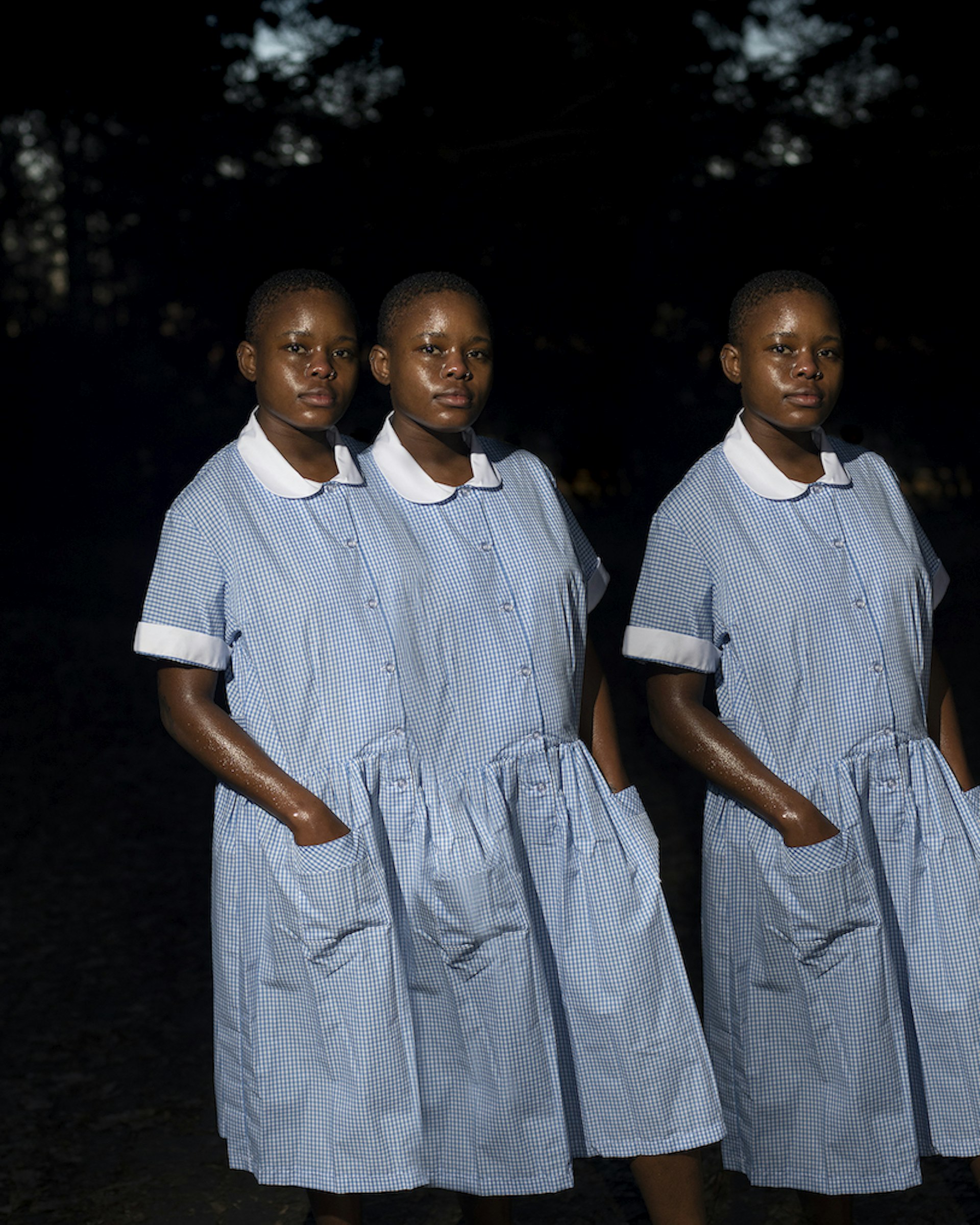
Photo by Widline Cadet
“One of the most interesting things about Jasmine’s work that isn’t so apparent visually is the cultural phase native to Jamaica of ‘jamias vu’: foreignness in what should be known. Jasmine’s idea of questioning reality with her photographs speaks to transcendence as a universal experience, which is very liberating.”
Born in Detroit to Filipinx immigrant father and a Xhosa mother, Nadiya I. Nacorda travelled across the United States photographing her immediate family to study intimacy, affection, displacement, secrecy, and generational trauma among immigrants from the Global South living in America today.
“Nadiya’s work hints at multigenerational existence in space intersecting with identity, cultural tradition, and self-awareness. When I look at Nadiya’s work, I think about the photographer’s role in confronting histories.”
Through Turner’s thoughtful curation, the individual images come together like harmonies of a song, echoing the words of Aristotle: “The whole is greater than the sum of its parts.” As 2020 has shown us time and again, Black women hold the power to shape the political and cultural discourse, helping guide us towards a better way of life.
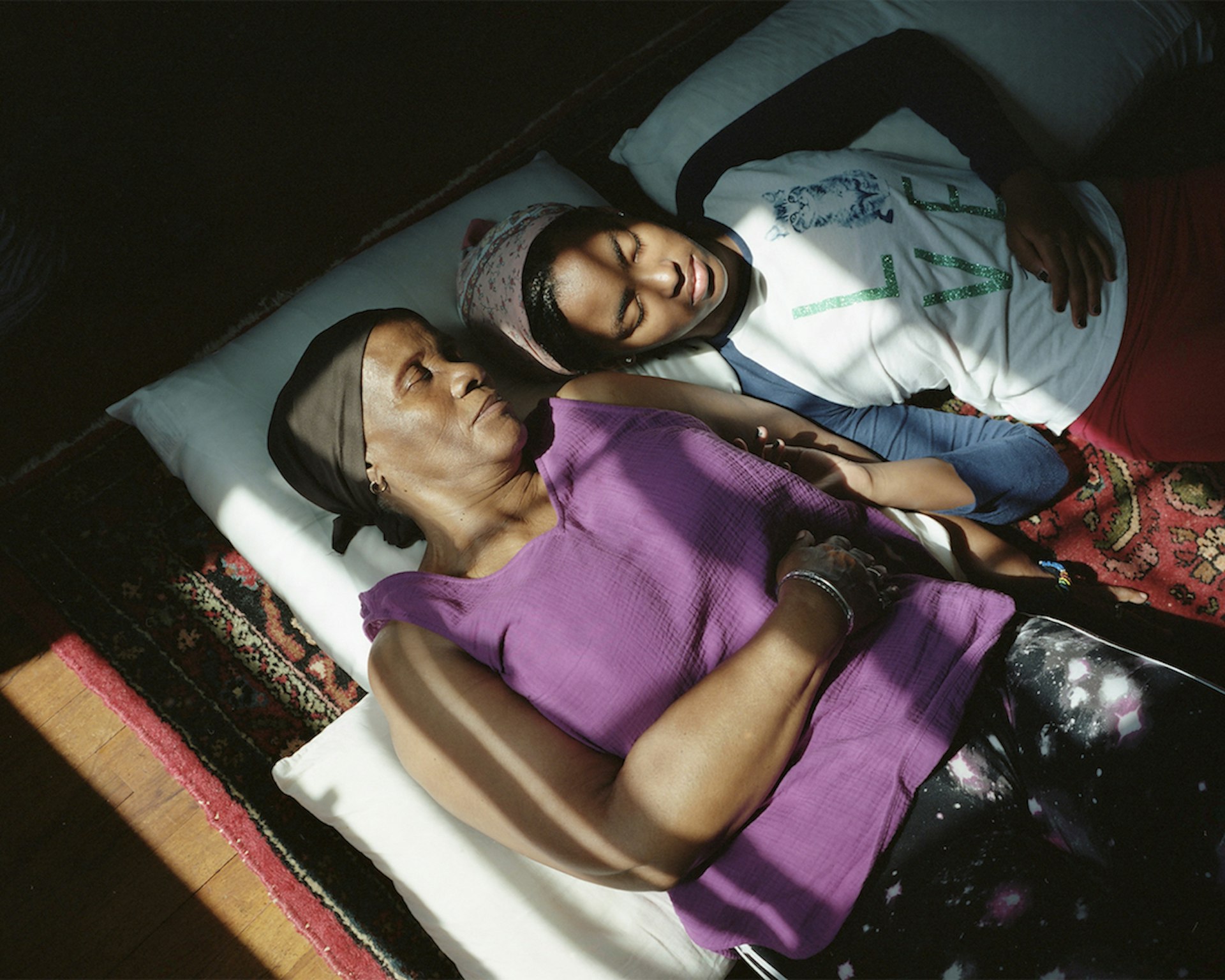
Photo by Nadiya I. Nacorda
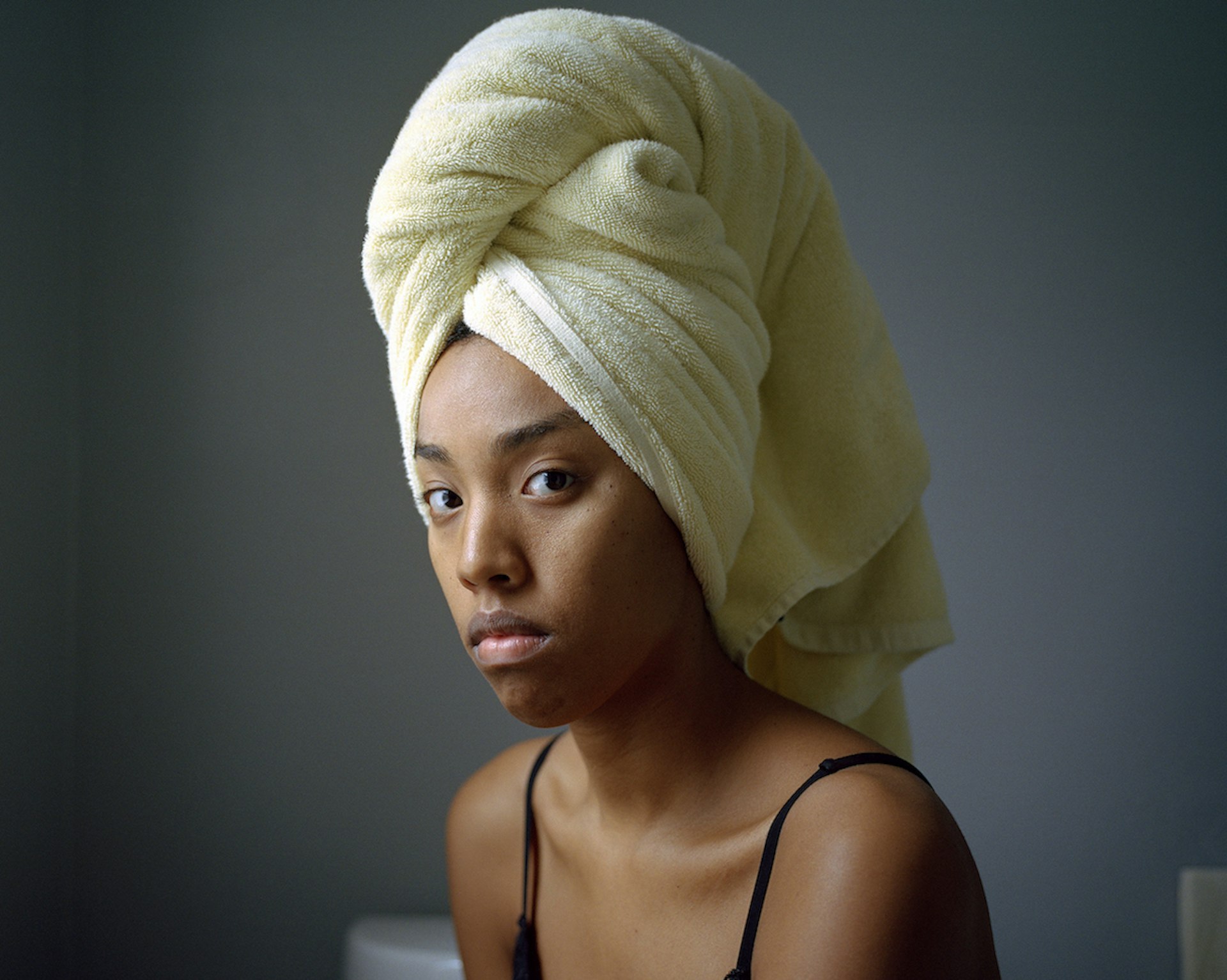
Photo by Nadiya I. Nacorda
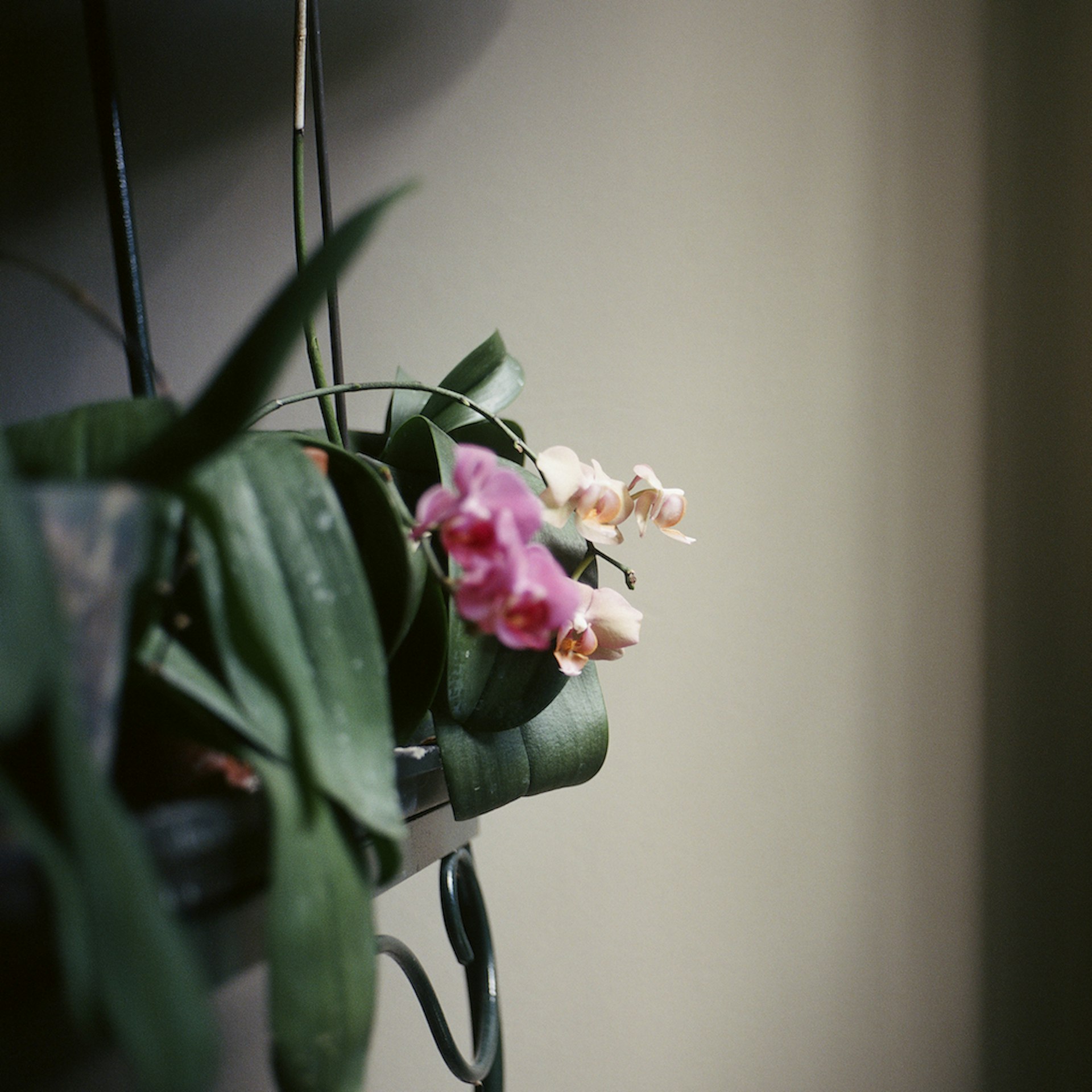
Photo by Nadiya I. Nacorda
Women of the African Diaspora: Identity, Place, Migration, Immigration on view at Blue Sky in Oregon through January 30, 2021.
Enjoyed this article? Like Huck on Facebook or follow us on Twitter.
